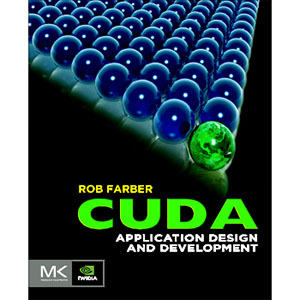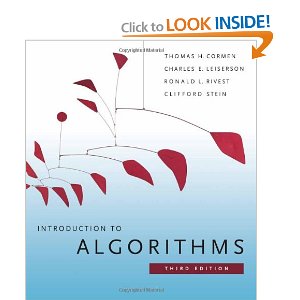Computer Vision: Algorithms and Applications

Humans perceive the three-dimensional structure of the world with apparent ease. However, despite all of the recent advances in computer vision research, the dream of having a computer interpret an image at the same level as a two-year old remains elusive. Why is computer vision such a challenging problem and what is the current state of the art?
Computer Vision: Algorithms and Applications explores the variety of techniques commonly used to analyze and interpret images. It also describes challenging real-world applications where vision is being successfully used, both for specialized applications such as medical imaging, and for fun, consumer-level tasks such as image editing and stitching, which students can apply to their own personal photos and videos.
More than just a source of “recipes,” this exceptionally authoritative and comprehensive textbook/reference also takes a scientific approach to basic vision problems, formulating physical models of the imaging process before inverting them to produce descriptions of a scene. These problems are also analyzed using statistical models and solved using rigorous engineering techniques
Topics and features:
- Structured to support active curricula and project-oriented courses, with tips in the Introduction for using the book in a variety of customized courses
- Presents exercises at the end of each chapter with a heavy emphasis on testing algorithms and containing numerous suggestions for small mid-term projects
- Provides additional material and more detailed mathematical topics in the Appendices, which cover linear algebra, numerical techniques, and Bayesian estimation theory
- Suggests additional reading at the end of each chapter, including the latest research in each sub-field, in addition to a full Bibliography at the end of the book
- Supplies supplementary course material for students at the associated website, http://szeliski.org/Book/
Suitable for an upper-level undergraduate or graduate-level course in computer science or engineering, this textbook focuses on basic techniques that work under real-world conditions and encourages students to push their creative boundaries. Its design and exposition also make it eminently suitable as a unique reference to the fundamental techniques and current research literature in computer vision.
Book Details
- Hardcover: 812 pages
- Publisher: Springer (November, 2010)
- Language: English
- ISBN-10: 1848829345
- ISBN-13: 978-1848829343














